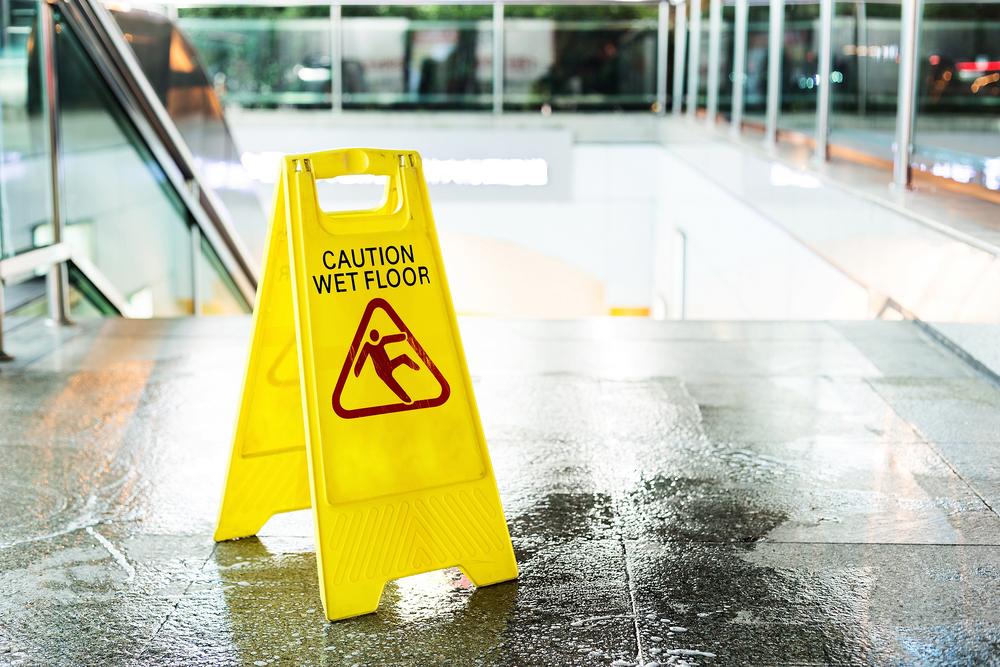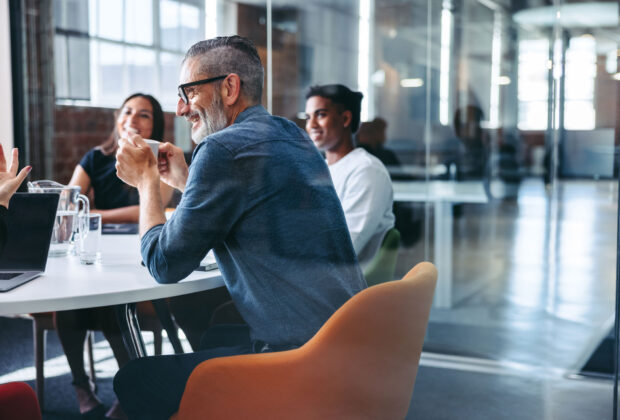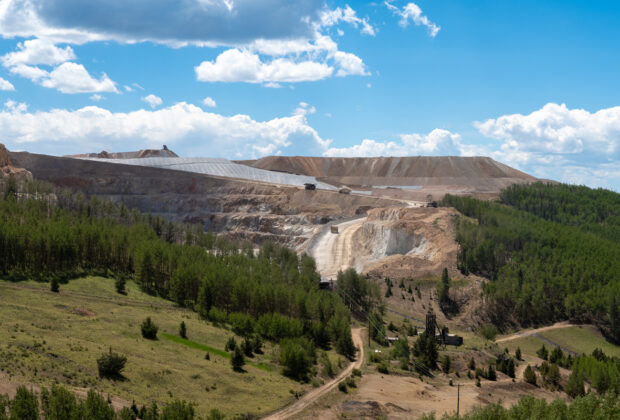Did you know slips, trips, and falls are among the most common accidents causing injury at work? It may seem like a low-risk hazard, but falls are actually responsible for 18% of lost-time injuries, affecting about 42,000 Canadian workers each year.
Employees aren’t the only ones at risk; worksite visitors can also experience slips and trips, both inside and outside the premises.
Here’s some information about the most common slip, trip and fall hazards, and the precautions you can take to prevent them.
Most slips and trips are caused by:
- poor lighting
- loose wires/cables
- unsuitable floor coverings
- transition from surface type
- uneven or damaged floor surfaces
- contaminated floor surfaces, for example liquid or grease refuse or debris
When considering areas in your workplace that can cause a hazard, remember to consider:
- outdoor areas
- weather conditions
- surface conditions
Now that you know the common hazards, here’s what you can do to address them.
Conduct a risk assessment
The best way to identify a slip, trip or fall hazard in your workplace is to carry out regular risk assessments and review any situations as a team. Once the hazards (if any) are discovered, work together to find practical ways to eliminate or mitigate them.
Implement safety precautions
Countermeasures to eliminate/mitigate the risk of slips, trips and falls are often straightforward and easy to implement. For example, you can make sure the floor is adequately cleaned, and verify that inspection/maintenance systems are in place and monitored for their effectiveness. Basic housekeeping is often the simplest way to reduce these risks.
There are daily tasks you and your team can take to keep your workspace safe, including:
- Ensure personnel and visitors wear appropriate footwear for the environment.
- Clean up all spills immediately. If the floor is wet, use appropriate signs to tell people that extra care is needed or to use another route until the floor is dry.
- Assess the cause of wet/slippery surfaces and treat it accordingly; for example, on rainy days have a mop and pail stored safely near entrances to manage weather related issues.
- Warn about the changes in surface transitions; for example, even to uneven floors, or bright versus low light conditions, by using signs or floor markings.
- Where there is a change in surface level, ensure there is good visibility and lighting, provide handrails, add tread markers and other floor markings as necessary.
- Make repairs/replace the floor surface as required.
Other tips include:
- Make sure rugs/mats are securely fixed to the surface and that the edges do not pose a trip hazard.
- Avoid leaving cables across/near pedestrian routes and use cable guards to cover wires/cables that cannot be removed.
- Implement a reporting system to ensure the hazards are identified and addressed as soon as possible.
- Train people on how to use/follow the reporting system.
- When implementing new countermeasures, make sure the countermeasures do not create a new slip, trip, or fall hazard in the process.
Want to learn more? Contact the Danatec team at info@danatec.com to receive more information related to slip, trip, and fall hazards and how to assess them.




Comments are closed.